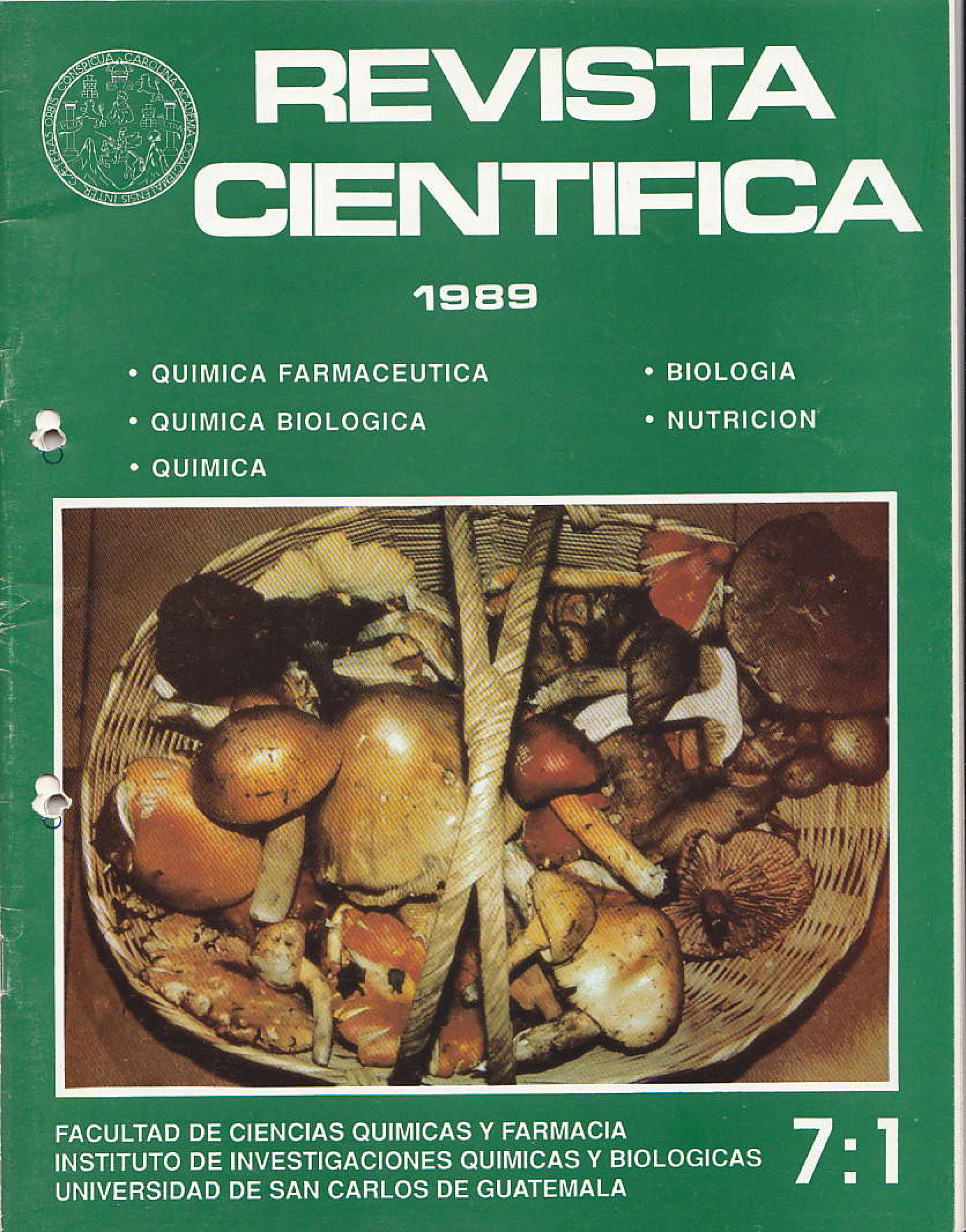Effects of firewood combustion products on respiratory health
DOI:
https://doi.org/10.54495/Rev.Cientifica.v7i1.433Keywords:
effects, firewood combustion products, respiratory healthAbstract
Biomass fuels are derived from recently generated plant material. Insufficient combustion produces a large amount of harmful compounds, which in high concentrations can cause death. Due to this incomplete combustion, a large amount of organic substances of a different nature than those of the fuel itself are released. There are 7 major categories that have been used to determine air quality: total suspended particles (TSP), carbon monoxide (CO), hydrocarbons, sulfur oxides (SO), nitrogen oxide (NO), ozone, and lead (1,2). The amount of pollutants depends on several factors, which have been classified into those involving the design, location, and/or operation of the stove where the fuel is burned, and those concerning the fuel itself (3). In most rural homes and tortilla factories in Guatemala, the use of open fires is widespread and is especially important because it produces indoor environmental pollution, exposing entire families to its harmful effects. A professional tortilla maker is estimated to be exposed for a longer period, approximately 5 hours a day; Unlike a housewife, who is estimated to be exposed to it for 2 to 3 hours a day. Studies on this problem have already been initiated in our country; one conducted by INCAP in 60 homes in rural areas, investigating CO concentration and blood carboxyhemoglobin levels; and another by the Universidad del Valle, related to lead contamination. This study plans to analyze the concentration of various gases in the environment of tortilla factory cones, analyze tortilla makers' sputum, and analyze nasopharyngeal secretions from children under 5 years of age with acute respiratory infection who attend the San Juan de Dios General Hospital, as well as determine carboxyhemoglobin levels.
Downloads
References
Peters AJ. POM emisions from residential woodburning: an environmental assesment Res. Sol. Fuels Environ. Impacts Solut., 1981 : 267-288.
Smith KR, Ramakrishna J. Biomass Fuels and JIcjIlB. East West Center Honolulu, Hawaii. USA. 1986 VI-7p (l-l-VJ-7)
Estrada CE Bosques Energéticos. 2nd Curso Taller sobre sistemas bioenergéticas para líderes indígenas de Mesoamerica CEMAT, Guatemala, 1985
Downloads
Published
How to Cite
Issue
Section
License
Copyright (c) 1989 Rafael Elgueta, María E. Urizar, Sergio Sánchez, Armado Cáceres

This work is licensed under a Creative Commons Attribution 4.0 International License.
Authors who publish with this journal agree to the following terms:
- Authors retain copyright and grant the journal right of first publication with the work simultaneously licensed under a Creative Commons Attribution License 4.0 that allows others to share the work with an acknowledgement of the work's authorship and initial publication in this journal.
- Authors are able to enter into separate, additional contractual arrangements for the non-exclusive distribution of the journal's published version of the work (e.g., post it to an institutional repository or publish it in a book), with an acknowledgement of its initial publication in this journal.
- Authors are permitted and encouraged to post their work online (e.g., in institutional repositories or on their website) prior to and during the submission process, as it can lead to productive exchanges, as well as earlier and greater citation of published work.









